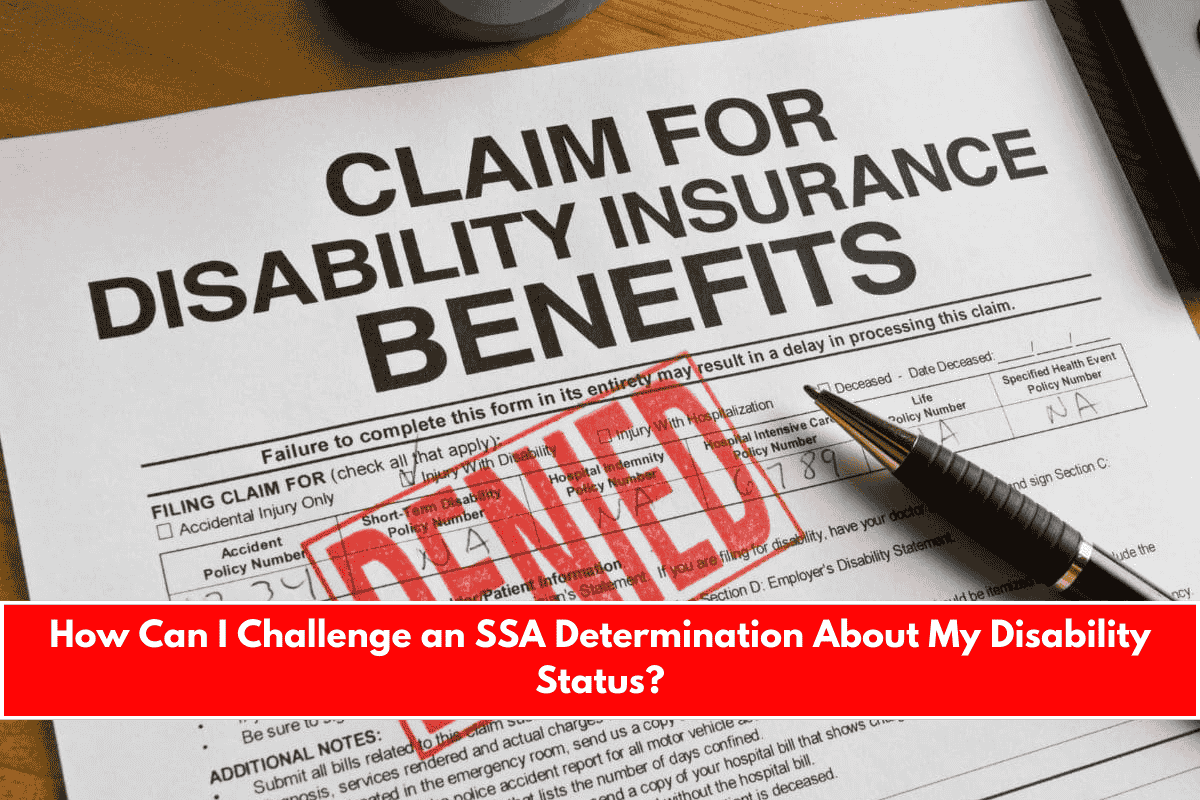Getting denied Social Security Disability Insurance (SSDI) can be frustrating, especially if you believe you meet all the requirements. But if this happens, or if your benefits are stopped after a medical review, don’t worry—you have the right to appeal the decision.
This guide will help you understand how the SSDI appeal process works in 2025, how much time you have to respond, and what steps you should take to improve your chances of a positive outcome.
Why SSDI Applications or Benefits Get Denied
Sometimes the Social Security Administration (SSA) denies an SSDI application or decides to stop monthly payments after a Continuing Disability Review (CDR). This could be because of:
- Missing medical evidence
- A belief that your condition has improved
- An error in paperwork
- Confusion about work activity or income
Whatever the reason, you have the right to challenge the decision—and you don’t have to pay for it or start your case from scratch.
What SSDI Decisions Can Be Appealed?
The SSA allows appeals for many types of decisions, including:
- Denial of your initial SSDI application
- Stopping your benefits after a medical review
- SSA deciding you no longer meet the disability criteria
- Reducing your monthly payments
- Changing how your payments are sent
Whenever SSA makes one of these decisions, they send a letter explaining the reason. That letter will include the deadline to appeal, usually 60 calendar days from the date you receive it. This letter also has the forms and instructions you’ll need. Always keep that notice safe.
How to Appeal an SSDI Decision
The appeal process has four levels. If your claim is denied at one level, you can move to the next. Here’s how it works:
1. Reconsideration
Your case is looked at again by a new SSA team. You can submit new medical evidence, updated test results, or doctor’s reports that support your claim.
2. Hearing with an Administrative Law Judge
If reconsideration fails, you can request a hearing with a judge. This can be in person or through video. You may speak for yourself, bring witnesses, or have a lawyer with you.
3. Appeals Council Review
If the judge also denies your claim, you can ask the Appeals Council to review the decision. They will check if the law was applied correctly during your hearing.
4. Federal Court
As a final step, you can take your case to federal court if the Appeals Council also rules against you. This is a more serious legal step, and most people use a lawyer at this stage.

Important Deadlines You Must Know
- 60 days: You must file your appeal within 60 calendar days of receiving your denial letter.
- 10 days: If your SSDI payments are being stopped, you have 10 days to request that your payments continue while your appeal is under review. This can help you avoid sudden loss of income.
If you miss the deadline, you will usually lose the chance to appeal, unless you can prove you had a valid reason, such as a medical emergency.
What Happens If You Lose the Appeal?
If you go through all four appeal levels and still get denied, the case is closed. But you can still apply again in the future, especially if:
- Your health condition has gotten worse
- You have new medical records or tests
- Your work situation or income has changed
There is no limit on how many times you can reapply as long as your situation changes or you have stronger proof.
Tips for a Strong SSDI Appeal
- Act quickly: Don’t delay—submit your appeal before the deadline.
- Update your medical records: Include any new doctor visits, hospital stays, or test results.
- Consider legal help: A lawyer or disability advocate can guide you through the harder steps.
- Stay in touch: Let SSA know about any change in address, phone number, or health.
- Use all four levels: Don’t stop after one denial—many people win their cases at the hearing level or beyond.











Leave a Reply